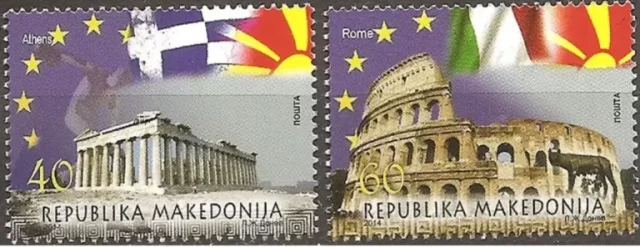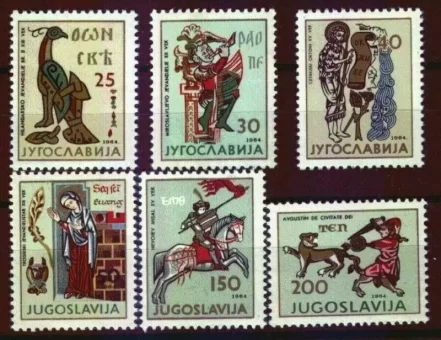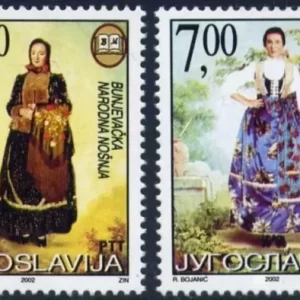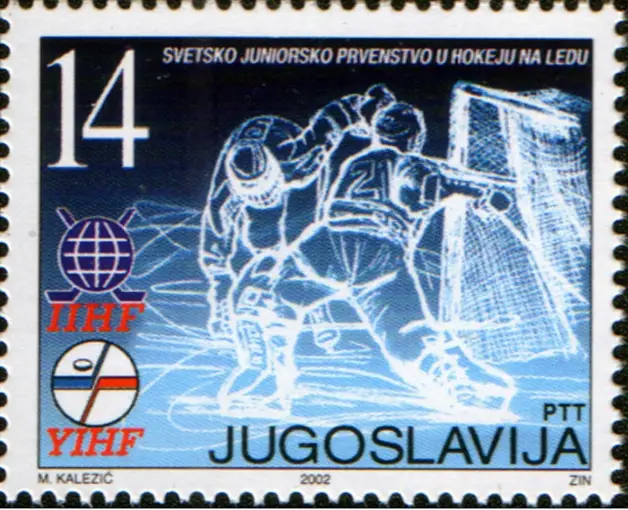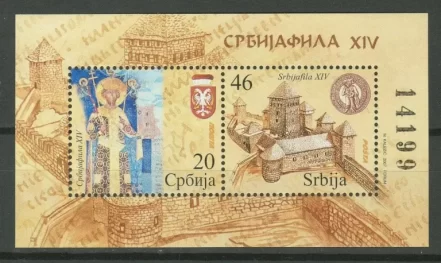Serbia year 2004 stamps Architecture / Palaces in Kotor MNH full set
The issue featuring the “Palaces of Kotor” was released in 2004 by the postal authority of Serbia and Montenegro (Srbija i Crna Gora). Although you specified “Serbia,” in 2004, the two republics were still united in the State Union of Serbia and Montenegro.
Kotor, a UNESCO World Heritage site, is a city in Montenegro famous for its architecture, including the many palaces built by wealthy noble families in the Boka Kotorska (Bay of Kotor) area.
🏛️ Stamp Set Details
- Issuing Authority (2004): Serbia and Montenegro (SCG / Srbija i Crna Gora)
- Theme: Architecture / Palaces (Mansions) of Kotor (Palate u Kotoru)
- Format: Typically issued as a set of four different stamps, often sold in strips or blocks.
- Featured Palaces: The stamps depict various famous palaces in Kotor, such as:
- Bizanti Palace
- Pima Palace
- Grgurina Palace (now the Maritime Museum)
- Drago Palace
💰 Estimated Value (Complete Set – Mint Never Hinged)
This is a modern collectible set, and its market value is quite affordable. The pricing is usually based on general dealer/online marketplace offers for a complete set in premium condition (Mint Never Hinged – MNH / $\star\star$).
| Item | Approximate Sale Price Range (MNH) |
| Complete Set of 4 Stamps | $3.00 – $6.00 USD |
| Individual Stamps (MNH) | Typically less than $2.00 each |




